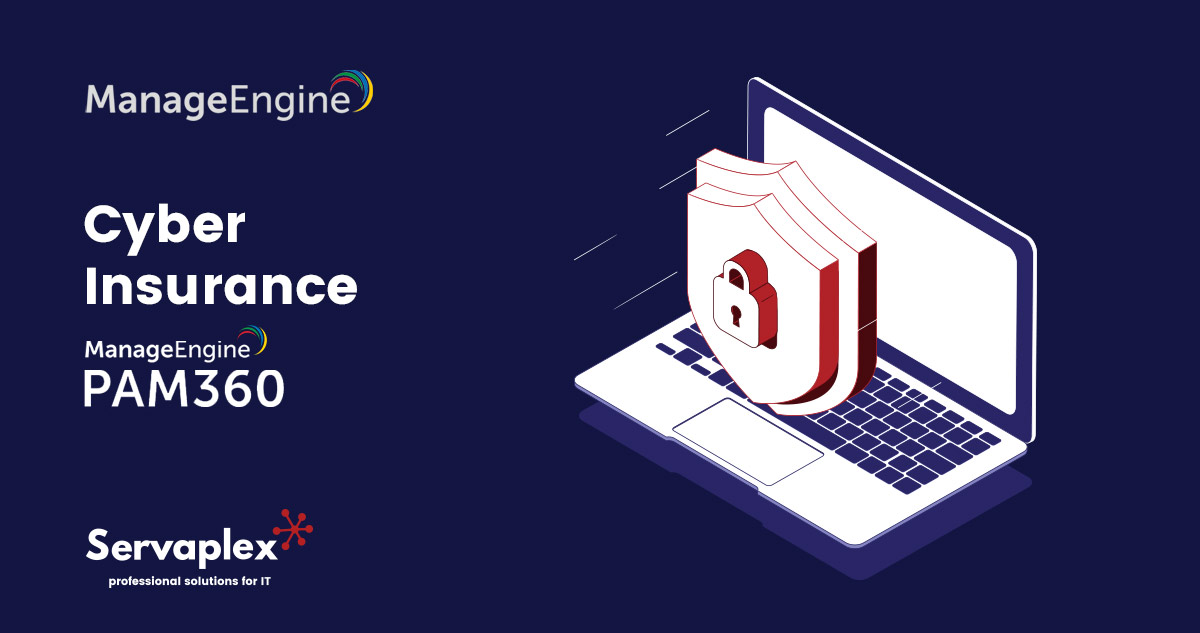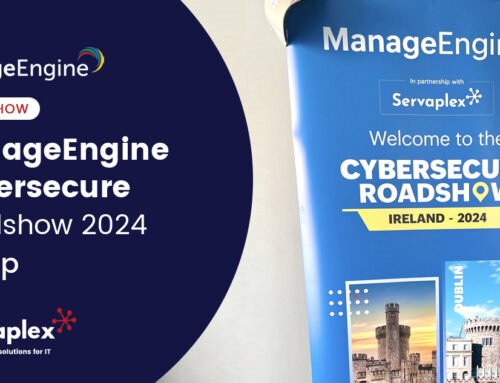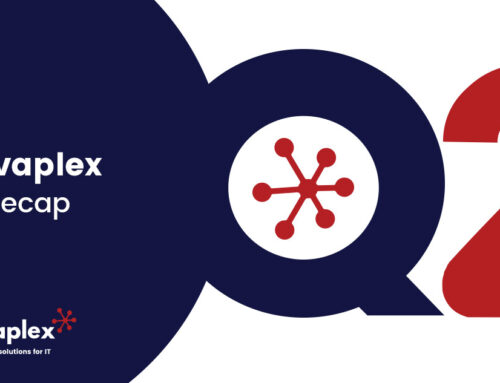In an increasingly connected and online world cyber security is the first line of defence against would be hackers and neerdowells. Whilst robust cyber security measures can mitigate and manage cyber security risk it’s not a guarantee of security. And so, for peace of mind when cyber defences get breached, there is cyber insurance and PAM360 and in this post we’ll discuss the role they play for your business and business security.
What is Cyber Insurance?
Cyber insurance is a type of insurance coverage intended to shield individuals and businesses against the financial losses and liabilities connected with cyber-related incidents. It is sometimes referred to as cybersecurity insurance or cyber risk insurance. Ransomware attacks, cyberattacks, data breaches, and other cyberthreats could be a part of these situations.
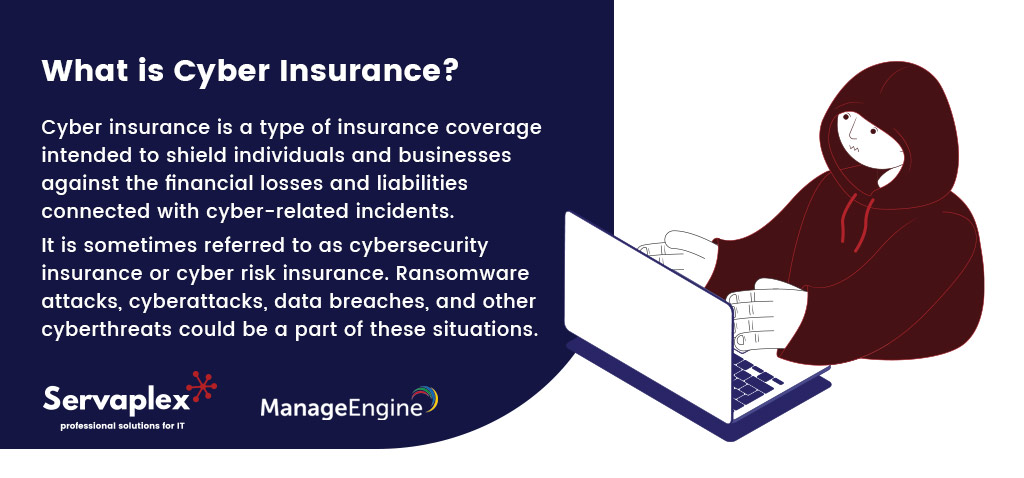
Over the last three years, there has been a substantial 200% surge in payouts for cyber insurance, reaching a staggering 8,100 claims in 2021 alone. Despite the seemingly high number of claims, a recent market study reveals that just 55% of organizations have cyber insurance policies in effect. This highlights a concerning gap in coverage for a significant portion of businesses, emphasizing the growing importance of safeguarding against cyber threats in today’s digital landscape.
Who Uses Cyber Insurance and Why?
According to Verizon’s DBIR, 263 small firms with fewer than 1,000 employees and 307 large industries with more than 1,000 employees were harmed by the 5,258 confirmed data breaches. The magnitude of the industries impacted by the remaining 4,688 data breaches is not disclosed. The aforementioned data emphasizes the fact that entities of any magnitude are susceptible to data breaches, depending on their infrastructure and the type of information they oversee.
Given the possible hazards, companies that handle client data and digital assets—like e-books and vlogs—should think about getting cyber insurance. Considering the growing number of cyber events and the resulting damage to one’s reputation and finances makes this even more important. This information, along with the previously mentioned spike in cyber insurance payouts and the sizeable number of claims in 2021, make it clear that taking proactive steps, such as purchasing cyber insurance, is essential for companies to successfully navigate the constantly changing cyber threat landscape and secure their digital operations.
PAM360: A Guardian Angel for Cybersecurity
The fundamental question is that why need PAM360 from ManageEngine or other software when you can claim all of your cyber incidents, just as health insurance considers pre-existing conditions (securing the foundation), cyber insurance demands a healthy cybersecurity posture. Much like maintaining good health habits, organizations seeking coverage should implement essential controls such as end-to-end encryption, multi-factor authentication (MFA), and adherence to regulatory policies. The robustness of these security measures directly influences insurance premiums. Before delving into cyber insurance, prioritizing these basics becomes paramount for a resilient and cost-effective coverage.
How Pam 360 Supports fundamental Insurance Requirements?
The Internet of Things (IoT) is quickly becoming a household name as 5G technology takes centre stage in cellular connectivity. This ushers in a new era of interconnectedness but also presents a plethora of vulnerabilities. By 2024, the Internet of Things (IoT) has grown to include a wide range of commonplace necessities, from industrial machinery, medical infrastructure, and automobiles to home security systems and appliances.
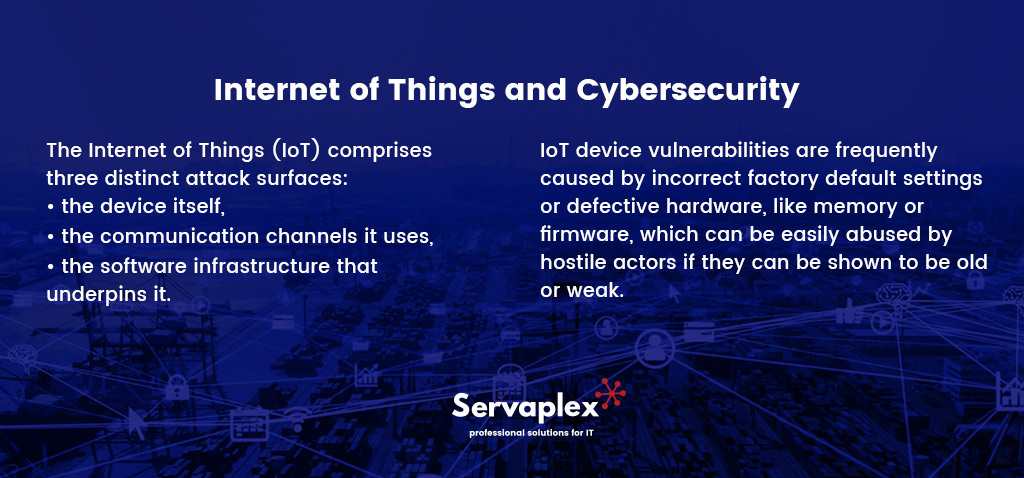
Internet of Things and Cybersecurity
The Internet of Things (IoT) comprises three distinct attack surfaces: the device itself, the communication channels it uses, and the software infrastructure that underpins it.
IoT device vulnerabilities are frequently caused by incorrect factory default settings or defective hardware, like memory or firmware, which can be easily abused by hostile actors if they can be shown to be old or weak. Maintaining device security requires regular firmware updates, and applying security patches as soon as manufacturers release them is crucial for addressing known vulnerabilities. Staying up to speed with these updates guarantees that your IoT environment will continue to be resistant to new threats.
Additionally, because IoT devices are interconnected, there is a greater range of vulnerabilities and a larger attack surface due to the communication routes that connect them. Adopting strong cybersecurity measures can greatly reduce vulnerabilities and improve the overall security posture of your Internet of Things ecosystem. These methods include device authentication, data encryption, and network security protocols like firewalls.
Strong Cyber Security Measures
1. Is Your Organization Monitoring All Privileged Activity in the Network?
PAM360 provides thorough audits and reports that function as an extensive log of each action users do within the solution. Insights into endpoint and user activity, reports on both ongoing and recorded privileged sessions, and thorough explanations of SSH keys and SSL/TLS certificate processes are among the variety of audits and reports available.
Additionally, PAM360 gives businesses the ability to log every privileged activity done with the product, which security teams can use for forensic and auditing purposes.
2. Is Multi-Factor Authentication (MFA) Utilized by All Employees for Accessing Enterprise IT Assets and Software in Your Organization?
Many enterprise-wide Multi-Factor Authentication (MFA) systems, including RSA SecurID, YubiKey, Okta Verify, Google Authenticator, and Microsoft Authenticator, are extensively integrated with PAM360. Plus, it comes with its own Time-based One-Time Password (TOTP) program, Zoho OneAuth, that allows biometric-based user authentication.
3. How Does Your Organization Safeguard Against Ransomware? Prevention, Detection, and Deterrence Strategies.
PAM360 ensures that access is allowed according to user roles and responsibilities by facilitating targeted sharing of privileged accounts on remote endpoints. Password request-release procedures allow users to submit requests for access with a purpose statement, which are subsequently reviewed and approved by administrators in charge. Through the inherent privilege elevation and delegation management (PEDM) controls of the platform, administrators can create just-in-time (JIT) temporary, monitored access to highly privileged resources. In the event of questionable activity, these restrictions allow for the termination of the session.
Using user and device trust ratings together with other important considerations, administrators can create customized access policies with the help of PAM360’s Policy-Based Access Control (PBAC) module. Various security characteristics, such as network legality and user and endpoint behaviour, are used to dynamically generate trust scores.
4. Is Administrative Access Granted to All Employees in Your Organization?
PAM360 is based on the least privilege principle, which states that each control is designed to grant the least amount of privilege required for the particular user. Because of this feature’s complete customization capabilities, companies can establish unique user roles and apply role-based access control that is customized to meet their unique requirements. Learn more about PAM360 Privileged Access Management.
5. Is Your Organization Equipped with Controls for Backup and Recovery in the Face of Cyber Incidents?
PAM360’s break-glass setup, which activates fail-safe procedures automatically based on admin-specified conditions, gives users the ability to backup all privileged identities. Manual intervention is not necessary because the failover services are automatically configured to perform well even under unfavourable circumstances. To provide continuous access to vital information in case of an unforeseen circumstance, utilize PAM360’s read-only backup server.
Remotely using mobile applications for iOS and Android smartphones, these offline access and break-glass features are also easily available. To prevent unwanted activation of emergency measures, it’s crucial to remember that certain capabilities and backup protocols are only accessible to people with elevated privileges.
6. Are your organizational IT solutions compliant with the latest software standards?
PAM360 simplifies regulatory compliance by offering pre-built report generating templates for industry and governmental standards like as GDPR, PCI DSS, ISO/IEC 27001, and NERC CIP. Users can create reports that are customized to meet specific criteria, either clause-by-clause or in full. In order to confirm compliance with the pertinent standards, the PAM solution performs endpoint scans and quickly finds any problems. PAM360 provides suggested remediation measures for a timely resolution in the event of a violation.
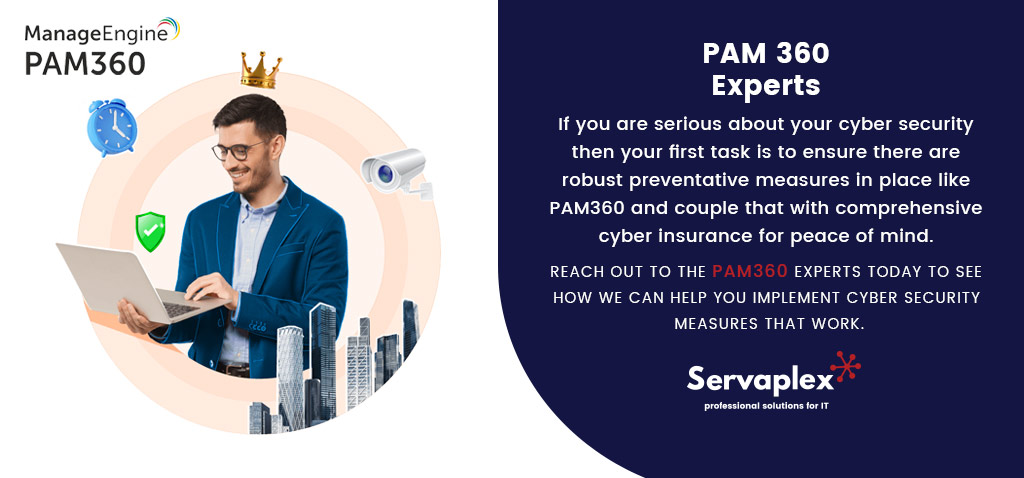
PAM 360 Experts
If you are serious about your cyber security then your first task is to ensure there are robust preventative measures in place like PAM360 and couple that with comprehensive cyber insurance for peace of mind. Reach out to the PAM360 experts today to see how we can help you implement cyber security measures that work.
If you have an IT Problem then we’ve got the IT Solution, call us on +353-1-2304242 or contact us online for more info!

